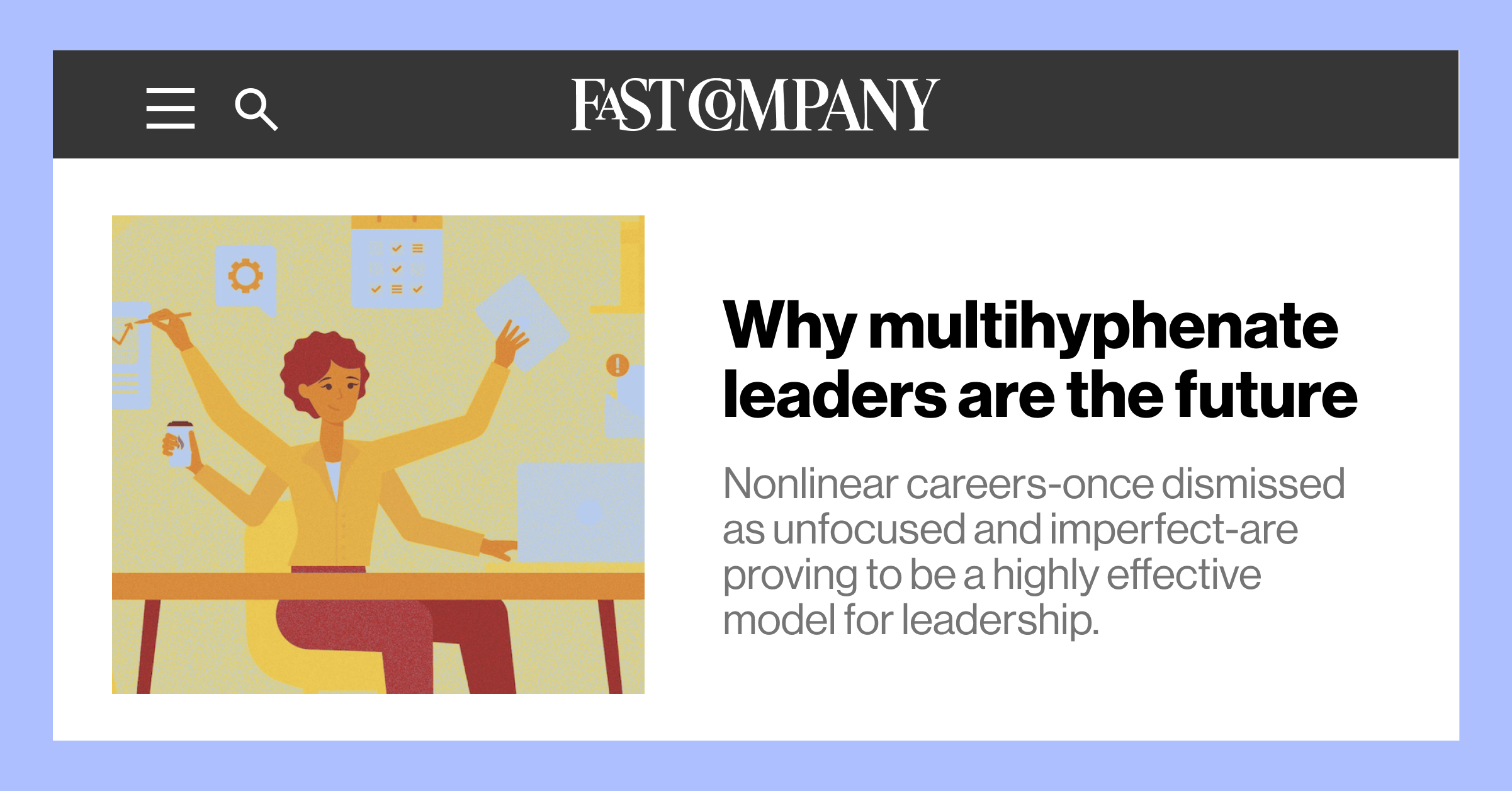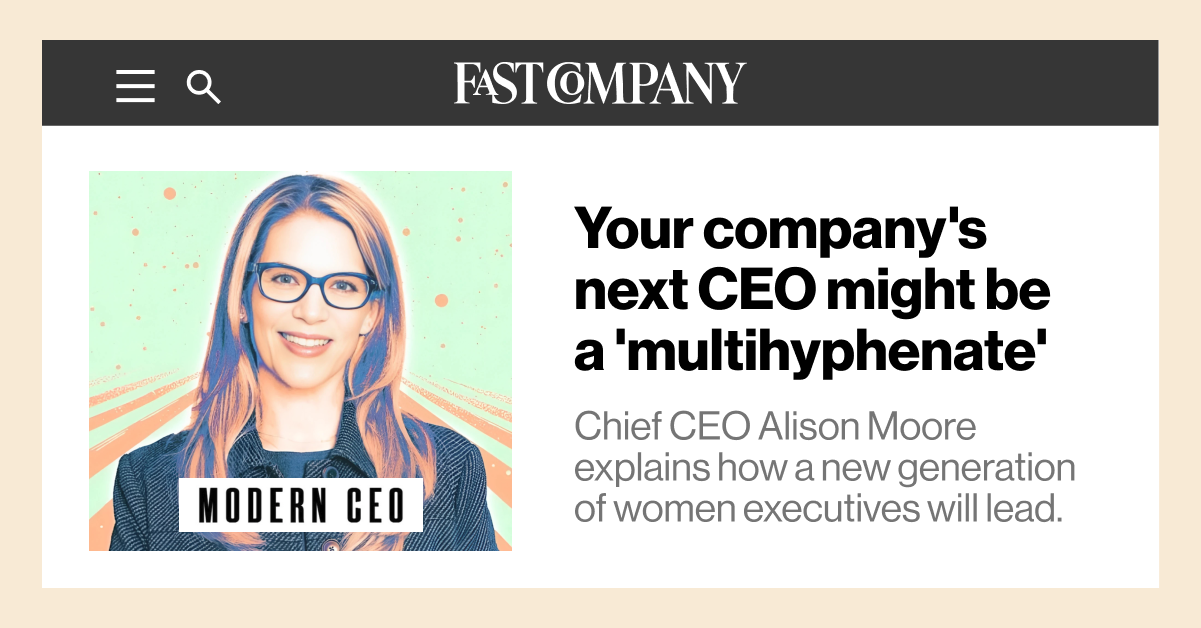Everyone agrees that leaders can’t reach the top without executive presence — but pinning down a definition is much more daunting. In fact, the fuzzy nature of the phrase is exactly why it’s often used as a fig leaf to keep women and other marginalized people out of plum roles.
Still, there’s no denying that good leaders are able to inspire others. Call it magnetism or force or presence: It’s what makes them compelling.
Bestselling author, economist and thought leader Sylvia Ann Hewlett has dedicated over a decade to understanding the alchemy of that arcane magic, especially in the boardroom. Her first book on the concept, "Executive Presence: The Missing Link Between Merit and Success," used rigorous data and in-depth interviews to give EP a detailed definition. Now, after a decade that’s wrought incalculable changes on the world and workforce, Hewlett has returned to the topic in "Executive Presence 2.0: Leadership in an Age of Inclusion." The book, which we have excerpted and adapted below, answers a crucial question: In a fast-changing, highly-diverse, increasingly-virtual world, what does executive presence really mean?
—Audrey Goodson Kingo

Photo Credit: Harper Collins
Excerpt from "Executive Presence 2.0: Leadership in an Age of Inclusion."
Steve Jobs had it and Michelle Obama has it. It’s embodied by people as varied as Volodymyr Zelenskyy, Margaret Thatcher, and Nelson Mandela.
It is executive presence — and no leader attains a top job, lands an extraordinary deal, or develops a significant following without this heady combination of confidence, poise, and authenticity that convinces the rest of us we’re in the presence of someone who’s the real deal. It’s an amalgam of qualities that telegraphs that you are in charge or deserve to be.
Here I want to underscore the word telegraph. Executive presence is not a measure of performance: whether, indeed, you hit the numbers, attain the ratings, or increase market share. Rather, it’s a measure of image: whether you signal to others that you have what it takes — that you’re star material.
Cracking the EP Code
Ten years ago, my research team at the Center for Talent Innovation (now Coqual) set out to crack the EP code, fielding a national survey that involved nearly 4,000 college-educated professionals — including 268 senior executives — to find out what coworkers and bosses look for when they evaluate an employee’s EP. In addition to this survey research, I conducted a number of focus groups and interviewed some 40 executives.
I went back into the field a decade later, using the same questionnaire and similar protocols. This new work, which I carried out in 2022 and early 2023, allowed me to lay out in rich detail, using both qualitative and quantitative data, precisely how EP has evolved over the last decade, pointing in particular to what has changed and what has stayed the same. Suffice it to say that, despite seismic shifts wrought by a global pandemic, the #MeToo and the Black Lives Matters movements, and a European war, the core principles of EP laid out ten years ago remain remarkably constant.
In both 2012 and 2022, I found that EP rests on three pillars and comprises a dynamic mix of:
- How you act (gravitas)
- How you speak (communication)
- How you look (appearance)
While the specifics vary depending on context (what works on Wall Street doesn’t necessarily work in Silicon Valley), these three pillars of EP are universal. They are also somewhat interactive. For example, if your communication skills ensure you can “com- mand a room,” your gravitas grows exponentially; conversely, if your presentation is rambling and your manner timid, your gravitas suffers a blow.
One thing to note is that these pillars are not equally important — not by a long shot. Gravitas is the core characteristic. Some 67% of the 268 senior executives we surveyed said that gravitas is what really matters. Signaling that “you know your stuff cold,” that you can go “six questions deep” in your domains of knowledge, is more salient than either communication (which got 28% of the senior executive vote) or appearance (which got a mere 5%).
Projecting intellectual horsepower underpins gravitas, but there’s more to this attribute than being the smartest person in the room. It’s about signaling that you have not only depth and heft but also the confidence and credibility to get your vision across and create buy-in when the going gets rough — when your enterprise or venture is under extreme pressure. In fact, projecting confidence and “grace under fire” was the number one pick of senior executives asked to identify what constitutes EP.
The New EP
Fifteen years ago, another trait might have been the top pick. In the years before the 2008 global financial crisis, CEOs were treated like demigods — rock stars in wing-tipped shoes — and charisma was a much-sought-after attribute. A huge personality and forceful presence marked a person as a leader. Think of GE’s Jack Welch or Virgin’s Richard Branson. But in the wake of the Great Recession and the Covid-19 pandemic, the ability to appear calm, confident, and steady in the face of an economic storm has become far more important.
How do people know you have gravitas? You communicate the authority of a leader — through your speaking skills and ability to command a room. Indeed these two communications traits are the top picks (one and two) of the senior executives who participated in the surveys and interviews. Tone of voice, bearing, and body language can also add to — or detract from — your ability to hold your audience’s attention, whether you’re presenting to a small team or addressing a plenary session at a global conference.
One surprise finding of our research is that, when it comes to communication, eye contact matters enormously. Being able to look a colleague in the eye when making a presentation, or being able to make eye contact with an audience member when making a speech, has a transformative effect — on your ability to connect, to inspire, to create buy-in. This fact has serious consequences. It means that you need to lose your glasses, your notes (and oftentimes your PowerPoint), and just wing it. This is not easy. It requires a huge commitment of time since you need to prepare and practice so thoroughly that the arc of your remarks becomes part of your muscle memory.
In our survey, senior executives told us that appearance is inconsequential — only 5% identified it as the most important aspect of EP. This is deceptive. The fact is, appearance is a critical first filter. While senior executives (and coworkers) see it as unimportant in the long run, it constitutes an initial hurdle. If a young associate turns up at a client meeting with breakfast on their blazer, they may not be invited back — no matter how impressive their qualifications or how well prepared they are. The fact is, blunders on the appearance front can get you into serious trouble — and get you knocked off the list of those in contention for stretch roles or plum assignments — no matter how brilliant you are. It’s sobering to understand how quickly this happens. Research conducted by Harvard Medical School and Massachusetts General Hospital suggests that colleagues size up your competence, likability, and trustworthiness in 250 milliseconds — based solely on your appearance.
The good news in my data on appearance is that “grooming and polish” was chosen by more respondents than “physical attractiveness” or “body type” (whether you are slim or well-endowed, tall or short) as key contributors to EP. It’s a huge relief to know that cracking the code on the appearance front isn’t a function of what you were born with; rather, it’s a function of what you do with what you’ve got.
Is Authenticity Actually Possible?
Most complicated of all is the fundamental tension between conformity and authenticity. How much should you fit in? How much should you stand out? How much of the “real you” are you prepared to sacrifice on the altar of success?
While every professional we interviewed told us he or she wrestles with this tension, the struggle is particularly painful for women and people of color. For these historically underrepresented groups are dealing with a double whammy. Not only do they need to shape and mold their identities to fit an organizational culture (something every professional faces), but they’re required to “pass” as straight white men. Why? Because this continues to be the dominant leadership model. One comforting finding is that over time, the authenticity struggle gets easier. With age and experience, those who truly do have the right stuff on the gravitas front earn the right to be more authentic, to bring more of themselves to work.
So take heart: While wrestling with the EP code is hard and can sometimes eat into your soul, these struggles create the conditions that allow you to flower and flourish. It turns out that becoming a leader and doing something amazing with your life hinge on what makes you different — not on what makes you the same as everyone else.



